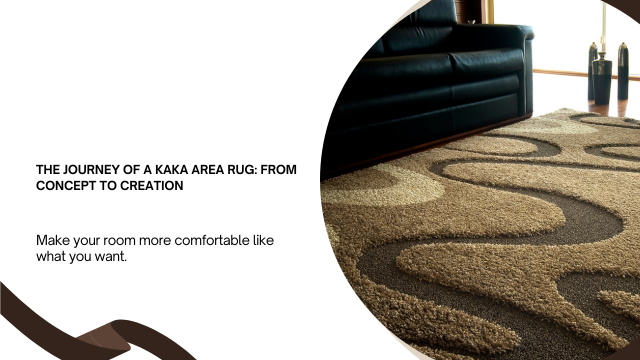In recent years, the textile industry has faced growing scrutiny due to its significant environmental impact. As a textile industry business owner, embracing sustainable practices not only benefits the planet but also aligns with consumer demands and enhances your brand reputation. This article explores the importance of sustainable textile practices and provides actionable insights on how textile businesses can incorporate them into their operations.
- Understanding the Environmental Impact:
- Discuss the environmental challenges posed by the textile industry, such as water and energy consumption, chemical usage, waste generation, and carbon emissions.
- Highlight the need for sustainable practices to mitigate these impacts and move towards a circular economy model.
- Sustainable Material Choices:
- Explore eco-friendly and sustainable textile materials, such as organic cotton, hemp, bamboo, and recycled fibers.
- Discuss the benefits of these materials, including reduced pesticide use, lower water requirements, and decreased carbon footprint.
- Provide guidance on sourcing sustainable materials and collaborating with suppliers who share the same values.
- Cleaner Production Processes:
- Highlight the importance of adopting cleaner production methods, such as low-impact dyeing and printing techniques, water recycling, and energy-efficient machinery.
- Explain the benefits of implementing cleaner processes, including reduced water and energy consumption, minimized chemical usage, and improved worker safety.
- Supply Chain Transparency and Ethical Practices:
- Discuss the significance of supply chain transparency, fair trade, and ethical labor practices in the textile industry.
- Advocate for responsible sourcing and emphasize the importance of working with suppliers who adhere to ethical standards.
- Share examples of certifications and standards that can guide businesses in ensuring responsible sourcing and production.
- Waste Reduction and Recycling:
- Highlight the concept of a circular economy and its relevance to the textile industry.
- Provide strategies for minimizing textile waste, such as implementing recycling programs, upcycling or repurposing materials, and promoting take-back initiatives.
- Showcase successful examples of textile businesses that have implemented effective waste reduction and recycling practices.
- Consumer Education and Engagement:
- Discuss the role of consumer awareness and education in driving demand for sustainable textiles.
- Offer tips for effectively communicating sustainability efforts to customers, such as eco-labeling, transparency in product information, and engaging storytelling.
- Emphasize the importance of fostering a consumer culture that values and supports sustainable textile practices.
Conclusion: By adopting sustainable textile practices, businesses in the textile industry can reduce their environmental impact, enhance their brand image, and meet the evolving demands of conscious consumers. Implementing sustainable practices requires a holistic approach, encompassing material choices, production processes, supply chain ethics, waste reduction, and consumer education. By taking proactive steps towards sustainability, textile businesses can contribute to a more environmentally responsible and socially conscious industry.
For Example: Kaka Group Bhadohi is the leading carpet and floor covering company in India. Its sister companies are Kaka Overseas Ltd, Kaka Carpet, Shobha Woollen Pvt Ltd, Rugsotic and Rugsotic Pvt Ltd. Not to forget that recently the company became associated with solar energy, and it is a big decision for the company to take a step towards environment-friendly living. Mr. Yadavendra Kumar Roy – ED (Executive Director) of the Kaka Group and the backbone of the organization, is the driving force behind its success.







